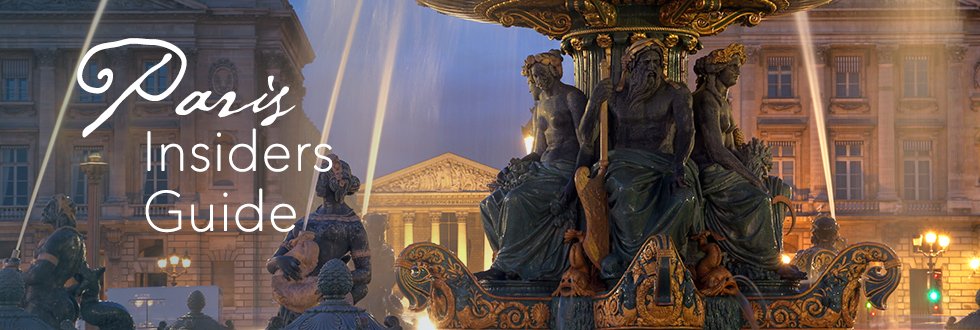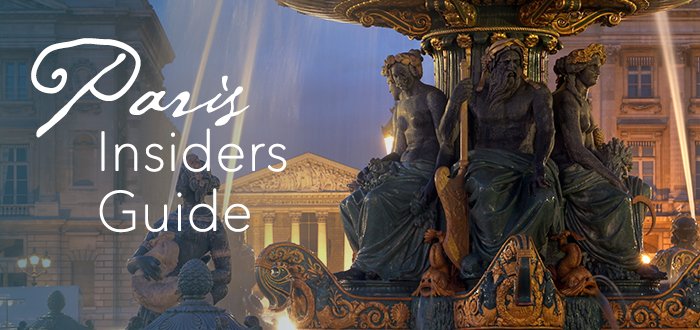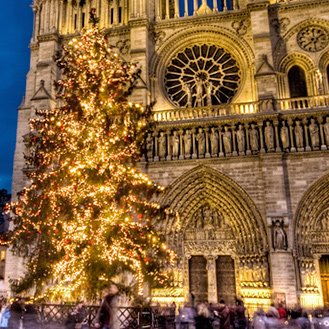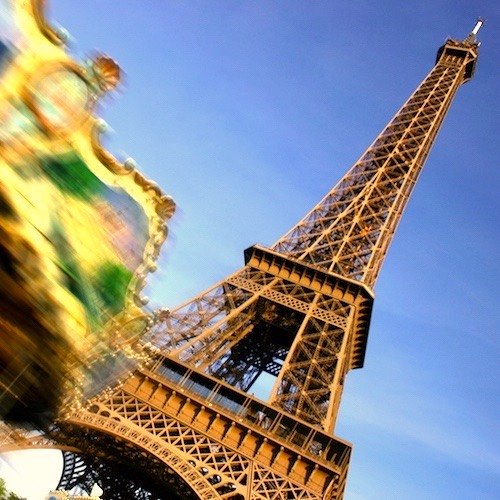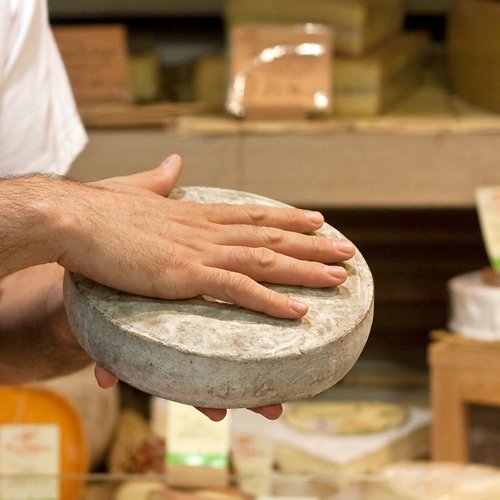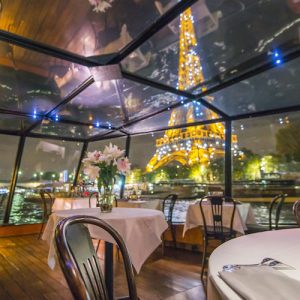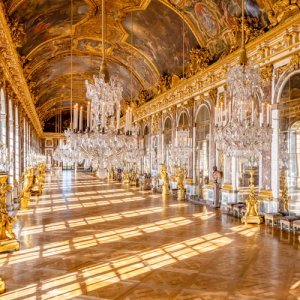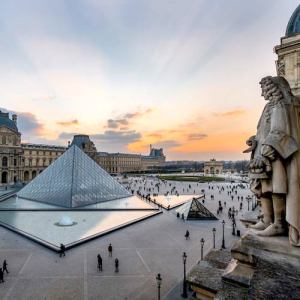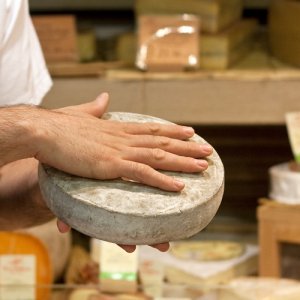Chateau de Vincennes Paris: A Historic Fortress Steeped In Legacy
On the eastern edge of Paris, in the large park which shares its name, lies the majestic Chateau de Vincennes Paris, a medieval castle with centuries of history etched into its walls. Once a royal residence, this fortress embodies a unique blend of grandeur and functionality.
From its origins as a hunting lodge to its role as a seat of power (much like history of Versailles), the chateau invites visitors to step into a world where history meets architectural mastery. Let's explore what makes the Chateau de Vincennes Paris a must-visit landmark and how to plan your journey to this remarkable site.
The History of Chateau de Vincennes Paris
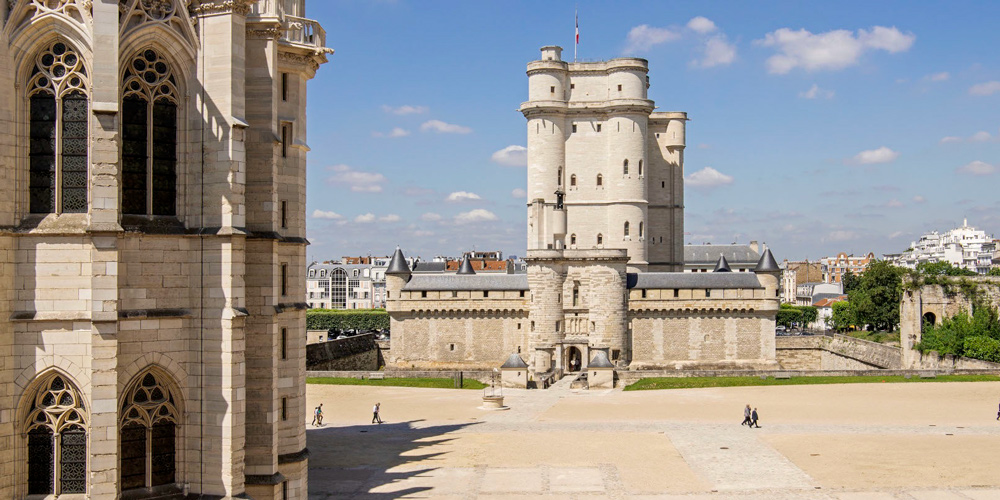 View of the Chateau de Vincennes with La Sainte Chapelle in the foreground, photo Chateau de Vincennes
View of the Chateau de Vincennes with La Sainte Chapelle in the foreground, photo Chateau de Vincennes
The story of the Chateau de Vincennes Paris begins in the 12th century when it served as a modest hunting lodge for the French monarchy. Over time, it grew into a fortified castle under the reign of Charles V in the 14th century. The towering keep, completed in 1369, remains one of the tallest medieval fortresses in Europe. It symbolized both the monarchy's power and its strategic importance near Paris.
The chateau's transformation from a royal hunting lodge to a formidable fortress was significantly influenced by the tumultuous events of the 14th century, including the Hundred Years' War and various internal revolts in France. Those challenges prompted monarchs to fortify Vincennes, protecting Paris and underscoring its strategic importance.
During its long history, the chateau has witnessed several pivotal moments. Kings resided within its walls, treaties were signed, and battles raged nearby. In the 17th century, it transitioned into a state prison, housing notable figures such as the Marquis de Sade and Mirabeau. Today, its storied past is preserved for visitors to admire and reflect upon.
Architectural Marvels of the Chateau
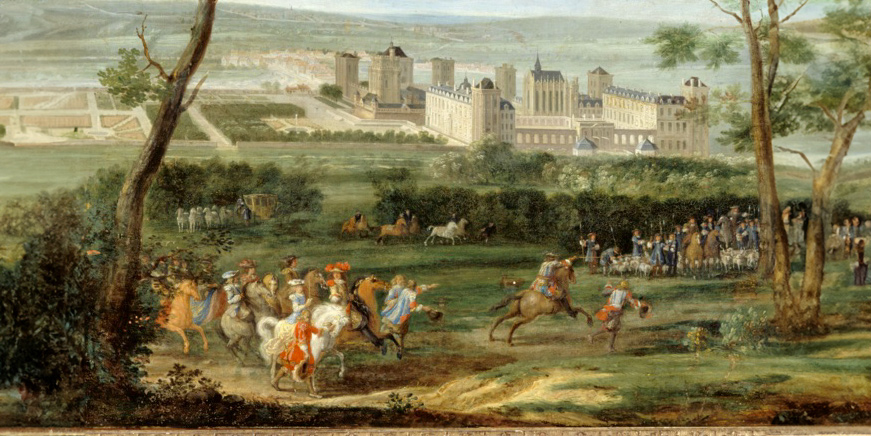 1660 painting of Chateau de Vincennes by Franz van der Muelen, photo Musée Carnavalet
1660 painting of Chateau de Vincennes by Franz van der Muelen, photo Musée Carnavalet
The Towering Keep
This is not a Stephen King novel, it's the centerpiece of the chateau, its donjon, or keep, which soars 52 meters into the sky, making it on of Europe's tallest medieval fortifications. This imposing structure, surrounded by a moat, was designed to defend against invaders. The interior reveals a spiral staircase, royal apartments, and even a chapel, showcasing the dual role of the keep as both a fortress and a royal residence.
La Sainte-Chapelle
Adjacent to the keep stands La Sainte-Chapelle, a stunning example of Gothic architecture (and not to be confused with La Sainte-Chapelle on Île de la Cité in the center of Paris.) Built to house Christian relics, the chapel's intricate stained glass windows and soaring ceilings are meant to evoke a sense of reverence. Since its construction spanned several centuries, the result is a blend of architectural styles. Though smaller than its Parisian counterpart, the Sainte-Chapelle de Vincennes is similarly captivating.
The Fortifications
The chateau is encircled by walls stretching over a kilometer, punctuated by nine towers. This extensive fortification underscores the monarch's intent to establish Vincennes as a significant seat of power.
The Dungeon & the Prison
It isn't only historical figures who were interred in the chateau's dungeon and prison. During the occupation of Paris in World War II the Germans locked up mutineers and prisoners of war in the castle's fourth floor, where the walls were riddled with openings to the outside (created for defensive purposes in earlier centuries) allowing the freezing air to come in, making it a horrible place of detention.
In August 1944, as the Nazis fled Paris, they murdered dozens of imprisoned resistance fighters, leaving their bodies in the ditches surrounding the fort.
Famous Figures & Chateau de Vincennes
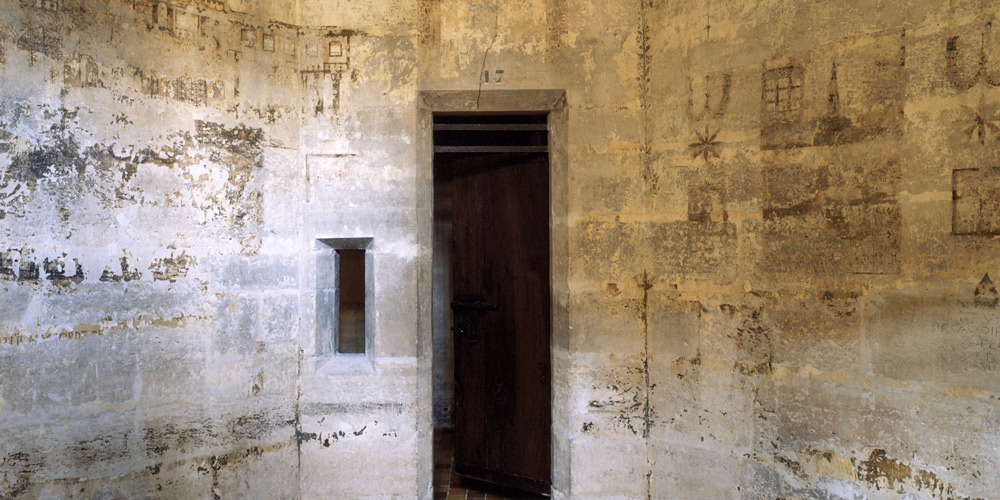 A door leading to Chateau de Vincennes's dungeon, photo Chateau de Vincennes
A door leading to Chateau de Vincennes's dungeon, photo Chateau de Vincennes
Over the centuries, the chateau has been home to some and a prison for others of France's most intriguing figures. King Louis IX (r. 1226 to 1270), later canonized as Saint Louis, often retreated to Vincennes for reflection and governance. Charles V (r. 1364 to 1380) expanded the chateau into a fortified stronghold, shaping its iconic silhouette.
In the 18th century, the Marquis de Sade and the Comte de Mirabeau (an important figure at the beginning of the French Revolution) found themselves imprisoned within its walls, though at different times. Their writings and exploits during their incarcerations add a layer of intrigue and scandal to the chateau's already rich history.
A Day at Chateau de Vincennes Paris
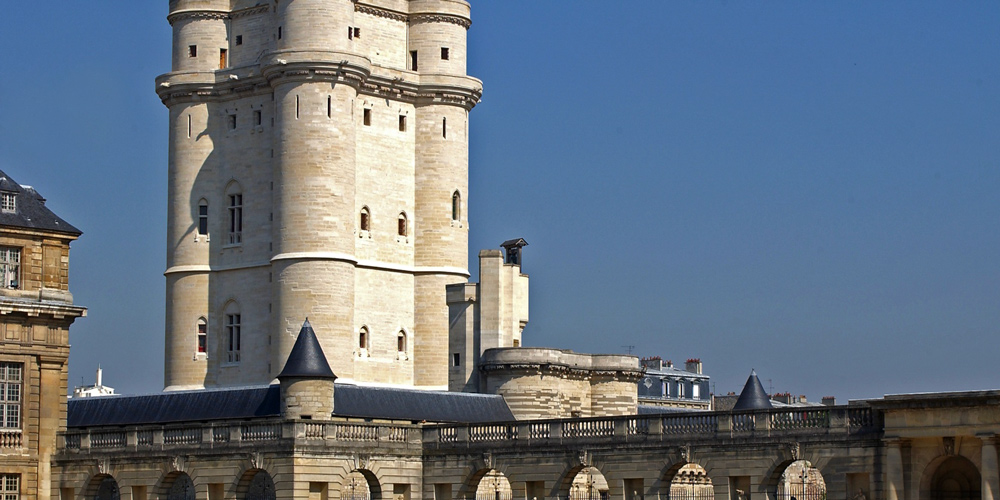 Detail of the Towering Keep of Chateau de Vincennes
Detail of the Towering Keep of Chateau de Vincennes
You can easily spend a few hours exploring its many facets. Begin your journey with a walk around the perimeter to appreciate the scale and strength of its fortifications. Step inside the keep to see the royal apartments and imagine life within its walls. Don't miss the Sainte-Chapelle, where light dances through stained glass, creating a kaleidoscope of colors.
Take a moment to stroll through the surrounding park, the Bois de Vincennes, which offers peaceful trails and picnic spots. The juxtaposition of medieval history and natural beauty makes for a memorable outing.
Perhaps even better — combine your trip to the eastern edge of Paris with a visit to the city's grand zoo — Parc Zoologique de Paris. After a multi-million euro renovation, it's now one of the best zoos in Europe. The two attractions are only half and hour apart on foot and can be reached by the same Metro or RER.
Planning A Visit to Chateau de Vincennes Paris
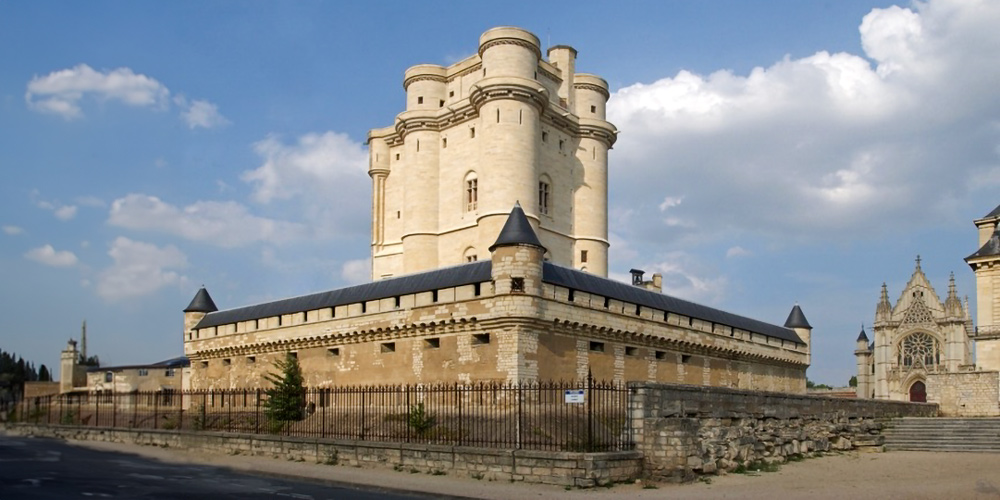 View of the Chateau de Vincennes with La Sainte Chapelle to the right
View of the Chateau de Vincennes with La Sainte Chapelle to the right
Location and Accessibility
The chateau is situated in the eastern suburbs of Paris, easily reachable by public transportation. The Vincennes Metro station on Line 1 brings you within a short walking distance. For those traveling by RER, Line A also stops nearby. The chateau's address is Avenue de Paris, 94300 Vincennes.
Hours and Tickets
The Chateau de Vincennes Paris is open daily, though hours may vary depending on the season. Generally, visitors can enter from 10:00 AM to 5:00 PM in winter, with extended hours in the summer months. Tickets can be purchased online or at the gate, with discounts available for students and groups.
Chateau de Vincennes Paris Resources
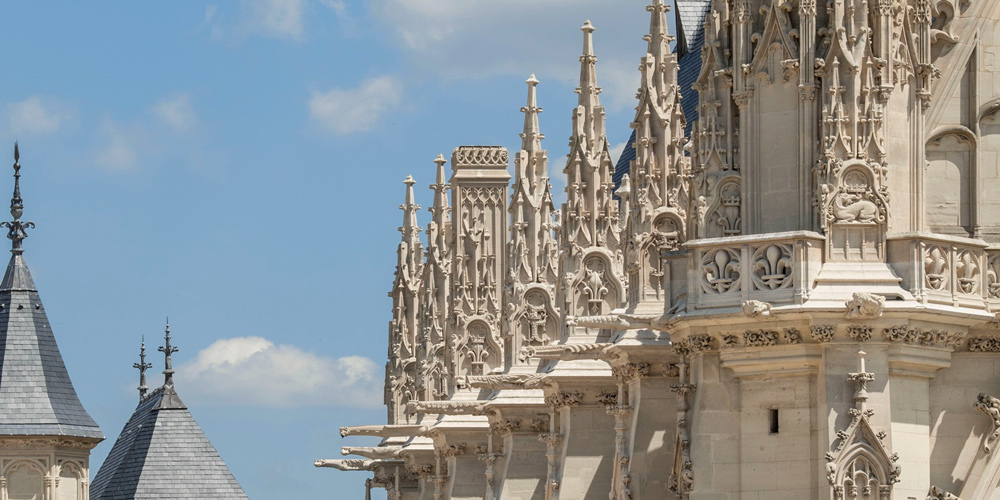 Intricate architectural details on the exterior of La Sainte Chapelle, photo Chateau de Vincennes
Intricate architectural details on the exterior of La Sainte Chapelle, photo Chateau de Vincennes
The Chateau de Vincennes Paris gives you a compelling glimpse into France's royal legacy. Its history, its architecture, or feeling of stepping back in time makes a visit to the fortress rewarding. Plan your visit and find out why it remains one of the most fascinating landmarks near Paris.
- Avenue de Paris, Vincennes
- Metro Vincennes, RER A
- Website…
Paris Planning Guides
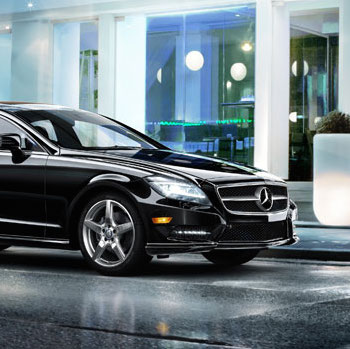 Book an Airport Transfer
Book an Airport Transfer |
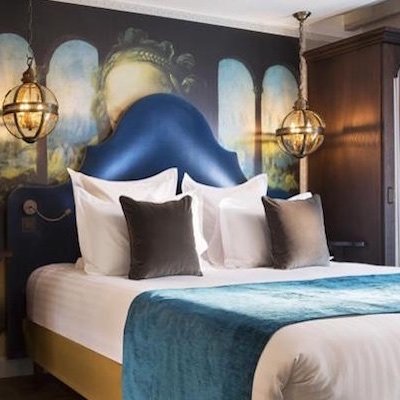 Left Bank Hotels
Left Bank Hotels |
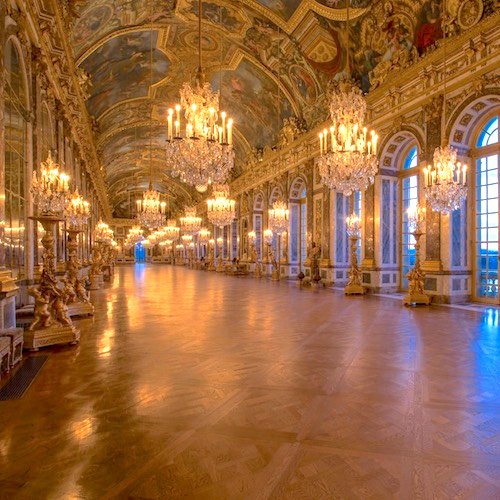 Visiting Versailles
Visiting Versailles |
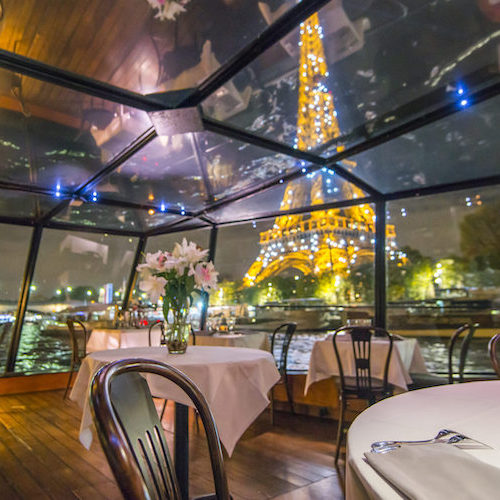 Glorious Dinner Cruises
Glorious Dinner Cruises |
